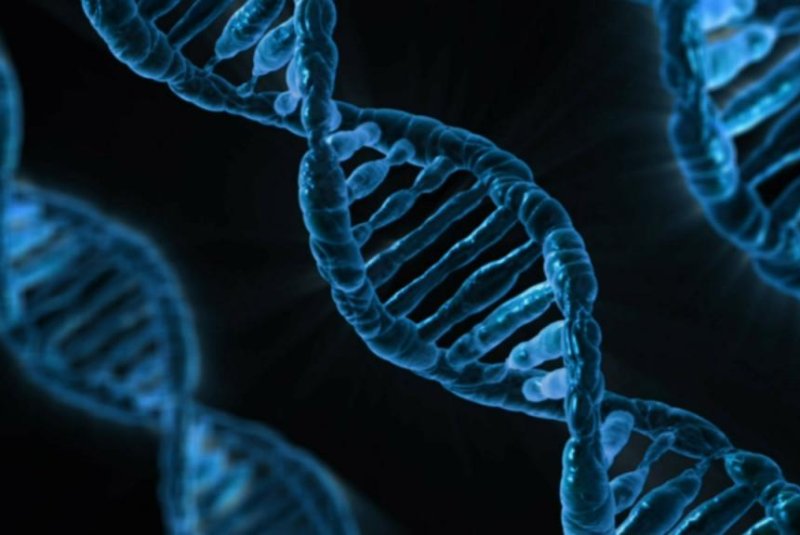The new approach to gene-editing is designed to open DNA double-strands without harming their structures. Photo by
PublicDomainPictures/Pixabay
PITTSBURGH, Oct. 27 (UPI) -- Next-generation gene-editing technology may be able to treat genetic blood disorders such as sickle cell disease, scientists say.
A research team comprised of scientists from Carnegie Mellon University and Yale University successfully tested the gene-editing system on mice in a study published in the journal Nature Communications. The system used in the experiment builds on current gene-editing technology such as clustered regulary interspaced short palindromic repeats, or CRISPR.
Unlike conventional methods, the approach tested by the research team does not rely on DNA-cutting enzymes to target specific genes. The study's authors say their findings may have positive implications for human patients in the future.
"We have developed a system that uses FDA-approved nanoparticles to deliver our PNA molecule along with a donor DNA to repair a malfunctioning gene in living mice. This has not been achieved with CRISPR," study author Danith Ly explained in a press release.
The new system uses nano-sized synthetic molecules known as peptide nucleic acids, or PNAs, to open up double-stranded DNA and bind near the target site without cutting anything. During the study, this approach was used to target a malfunctioning gene associated with the production of hemoglobin to treat beta thalassemia, a blood disorder.
In addition to a mouse model, researchers tested the approach on human bone marrow cells in the lab, and observed up to 7 percent successful gene editing and elevated levels of hemoglobin for several months after treatment. Despite the small percentage, the study's authors maintain gene correction should be minimal when treating such disorders.
"The effect may only be 7 percent, but that's curative," Ly added. "In the case of this particular disease model, you don't need a lot of correction. You don't need 100 percent to see the phenotype return to normal."















